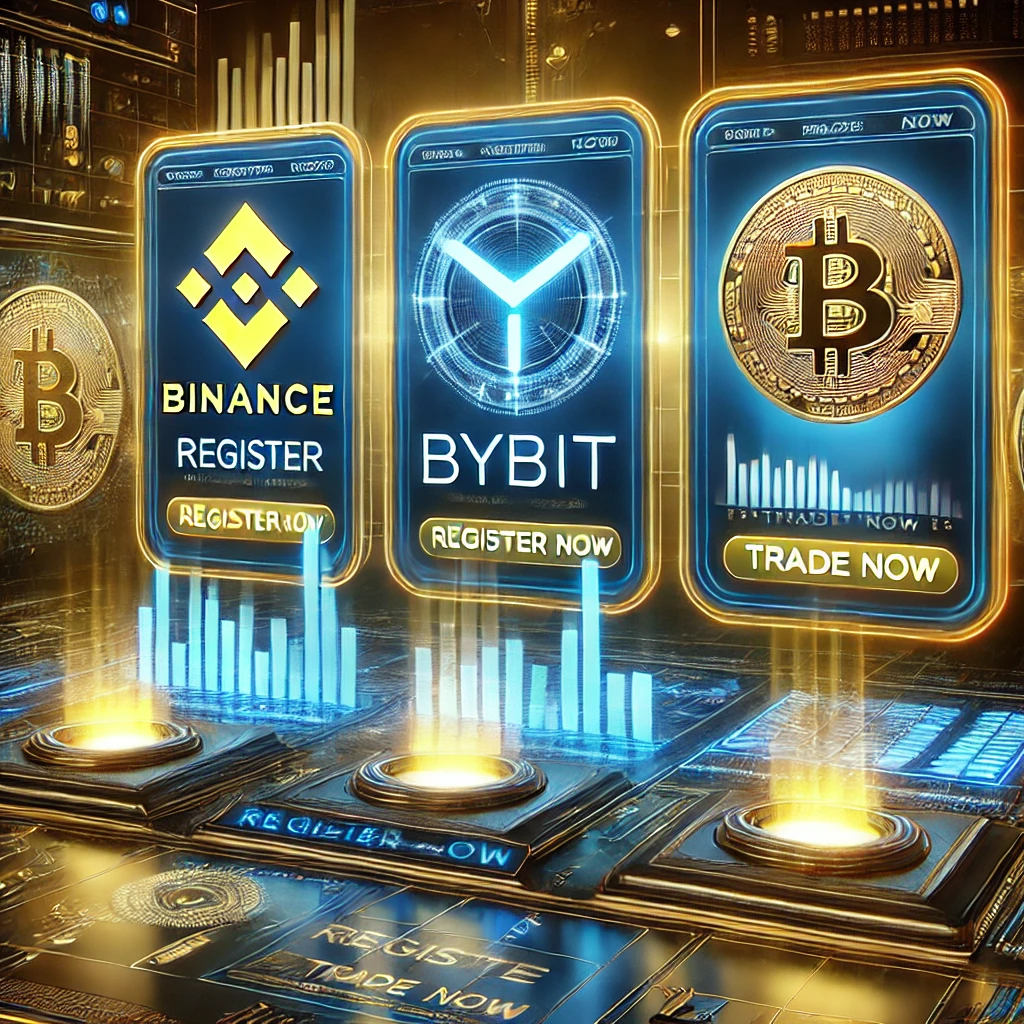Ethereum has grown from an innovative idea by Vitalik Buterin into the largest smart contract blockchain. With the recent upgrade to Ethereum 2.0, it has become faster, more scalable, and energy-efficient.
In this article, we’ll explore:
🔹 How Vitalik Buterin created Ethereum
🔹 The key milestones in Ethereum’s development
🔹 What Ethereum 2.0 changes and why it matters
1. The Birth of Ethereum: Vitalik Buterin’s Vision
📜 The Idea (2013-2014)
✅ Vitalik Buterin, a Canadian-Russian programmer, proposed Ethereum in 2013 to create a blockchain that supports smart contracts and decentralized applications (DApps).
✅ Unlike Bitcoin, which was designed for peer-to-peer transactions, Ethereum aimed to be a programmable blockchain for DeFi, NFTs, and more.
📌 Quote from Vitalik Buterin (2013):
“I thought [Bitcoin] was missing a built-in programming language… So I decided to build my own blockchain with that as a core feature.”
🚀 Ethereum Launch & Initial Success (2015-2017)
✅ Ethereum was launched in July 2015, with Ether (ETH) as its native token.
✅ By 2017, Ethereum became the foundation for ICOs (Initial Coin Offerings), DeFi, and NFT projects.
📌 Example: Cryptokitties, one of the first NFT games, became so popular in 2017 that it slowed down the Ethereum network.
2. Ethereum’s Challenges & Need for Ethereum 2.0
⚠️ Problems with Ethereum 1.0
❌ High Gas Fees: Transaction fees skyrocketed due to network congestion.
❌ Slow Transactions: Could only process 15 transactions per second (TPS).
❌ High Energy Consumption: Ethereum used Proof of Work (PoW), which required large amounts of electricity.
📌 Example: In 2021, Ethereum gas fees reached $100+ per transaction, making DeFi and NFTs expensive for small users.
3. The Transition to Ethereum 2.0 (The Merge & Beyond)
Ethereum 2.0 is a multi-phase upgrade that aims to solve scalability, speed, and energy issues.
🔥 The Merge – Ethereum’s Biggest Upgrade (2022)
✅ Ethereum switched from PoW to PoS (Proof of Stake) on Sept 15, 2022.
✅ This reduced energy usage by 99.9% and eliminated mining.
✅ Stakers now secure the network by locking ETH instead of using computational power.
📌 Impact: Ethereum became greener, more scalable, and more secure.
⚡ Future Upgrades (Sharding & Scalability Improvements)
✅ Sharding (Expected in 2024-2025): Ethereum will be divided into smaller chains to handle thousands of TPS.
✅ Layer 2 Solutions (Rollups): Optimistic Rollups and ZK-Rollups will reduce gas fees and increase transaction speed.
📌 Example: With Sharding, Ethereum could process 100,000+ TPS, making it more competitive than Visa or Mastercard.
4. Why Ethereum 2.0 Matters for Investors & Users
✅ Lower fees & faster transactions → Better user experience for DeFi & NFTs.
✅ More sustainable blockchain → Attracts institutional investors.
✅ Higher staking rewards → Users can earn passive income by staking ETH.
5. How to Invest in Ethereum?
🚀 Buy & Trade Ethereum Securely on Binance
👉 Join Binance Now
📈 Trade Ethereum CFDs on Exness Without Holding ETH
👉 Start Trading on Exness
Ethereum’s future is bright, and Ethereum 2.0 makes it stronger than ever! 🚀

